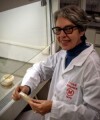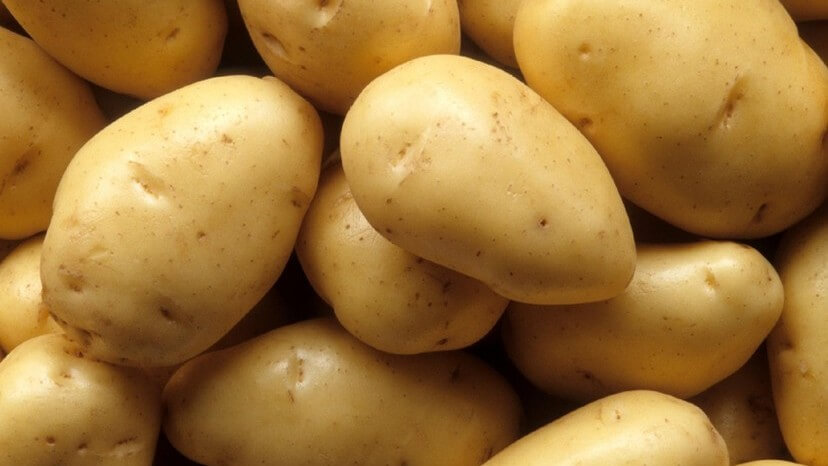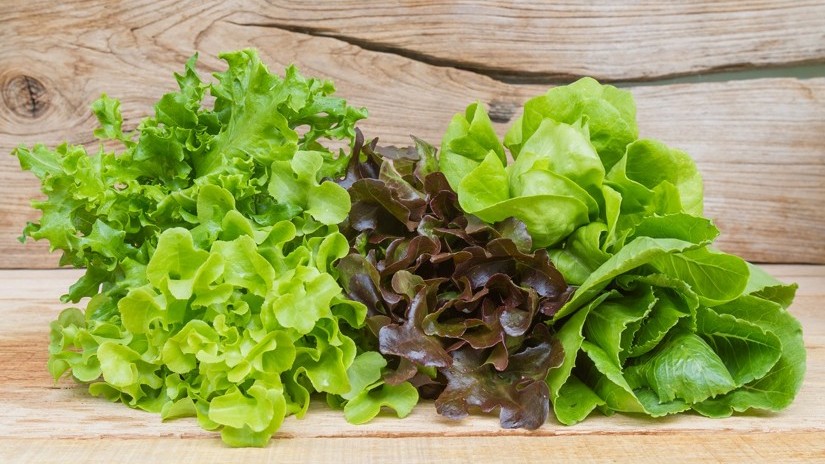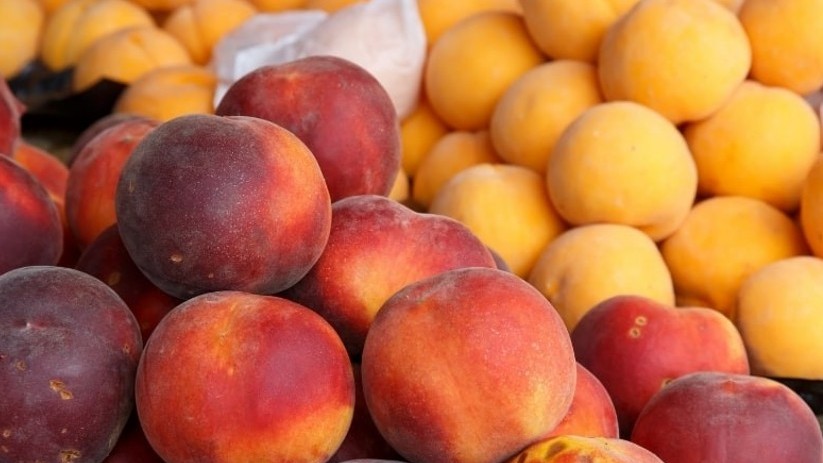News
Gamma-aminobutyric acid to delay kiwifruit softening
Gamma-aminobutyric acid, GABA, delays fruit softening in postharvest kiwifruit by inhibiting starch and cell wall degradation
Kiwifruit (Actinidia chinensis Planch, family Actinidiaceae) is highly valued by consumers for its unique flavor, rich nutrient profile, potent antioxidant properties, and ability to eliminate free radicals from the body.
The ripening and senescence of kiwifruit after harvest, the final stage of fruit development, involves a crucial physiological and biochemical process characterized by rapid starch degradation to soluble sugars once ethylene release begins.
Simultaneously, there is a breakdown of the cell wall and an increase in aromatic compounds such as alcohols, esters, and aldehydes, contributing to fruit softening without altering its external appearance.
Without proper control, this process can lead to excessively rapid softening and deterioration of the fruit, reducing its postharvest shelf life.
Various treatments have been used recently to extend the postharvest shelf life of kiwifruit, including 1-methylcyclopropene and abscisic acid.
Why does fruit soften?
Fruit softening is an irreversible transformation, and starch degradation plays a fundamental role in this process, catalyzed by several enzymes.
These enzymes can be classified into two main groups.
Phosphorylases
The first group comprises phosphorylases, including glucan-water dikinase, phosphoglucan-water dikinase, and isoform 1/2 Like SEX4 (LSF1/2), which primarily participate in starch phosphorylation.
This phosphorylation improves the hydration state of the granule-matrix interface, resulting in changes in its crystallinity.
Hydrolytic enzymes
The second group consists of hydrolytic enzymes such as β-amylase and isoamylase, where β-amylase plays a crucial role in starch degradation.
Other enzymes
Additionally, other enzymes like limit dextrinase and α-glucan phosphorylase have been identified as contributors to starch degradation.
Changes in cell wall composition
Moreover, there is well-established evidence that changes in fruit texture are closely related to alterations in cell wall tissue composition.
Pectin, cellulose, and hemicellulose are recognized as fundamental components of the fruit cell wall, and their decomposition leads to internal structure alterations, influencing fruit softening.
Pectin, being structurally the most variable and easily decomposable polysaccharide, serves as a principal component involved in intercellular adhesion and potentially contributes to the plant's response to low-temperature stress.
Furthermore, cellulose and matrix glycans play a crucial role in maintaining the structural stability of the cell wall.
Genetic regulation
The expression levels of genes encoding cell wall-modifying enzymes are strongly linked to the fruit softening process.
Among these, pectin esterase, polygalacturonase, β-galactosidase, and xyloglucan galactosyltransferase exert significant influence on cellular structural alterations and affect both fruit firmness and quality during storage.
Modifiers associated with cellulose and hemicellulose, such as endo-1,4-β-glucanase, xyloglucan endotransglucosylase/hydrolase, and xylanase, have also been identified as participants in fruit softening regulation.
GABA
Gamma-aminobutyric acid (GABA) was first found in potato tubers and is now widely distributed in animals, plants, and microorganisms.
In the past decade, GABA has garnered significant attention for its role in plant growth, fruit quality, and abiotic stress tolerance.
Effects of GABA
Recent studies have shown that GABA content can be increased by biotic and abiotic stresses, demonstrating its effectiveness in improving postharvest quality and mitigating cold damage, as well as fungus and bacteria-induced decay in fruits and vegetables.
For instance, treatment with 10 mM GABA was found to enhance tomato resistance against gray mold by regulating ethylene and jasmonic acid pathways, and in apples, it activates the accumulation of organic acids and mitochondrial energy metabolism during ripening, thereby maintaining fruit freshness.
The application of exogenous GABA is a promising strategy as a bio-stimulant for postharvest storage of horticultural products.
Previous studies have revealed that GABA treatment increases ascorbic acid content and alleviates cold damage symptoms in stored kiwifruits.
GABA preserves kiwifruit firmness
A recent study examined the effects of 10 mM GABA treatment on fruit softening, starch degradation, and cell wall breakdown in kiwifruits stored under cold conditions postharvest.
Results showed that GABA treatment maintains firmness and delays fruit softening during storage by retaining high starch content due to inhibition of transcription levels of genes encoding starch-degrading enzymes such as AcGWD, AcPWD, and AcBAM.
Additionally, lower levels of water-soluble hemicellulose, cellulose, and pectin were observed in treated kiwifruits, as GABA suppresses cell wall degradation by negatively regulating the expression of genes AcPE, AcPG, AcBGAL, and AcXTH involved in enzyme expression for these processes.
These findings indicate that exogenous GABA contributes to maintaining fruit firmness, delaying softening in postharvest kiwifruits by inhibiting starch degradation and preserving cell wall metabolism.
Sources
Yan, W.; Cao, M.; Shi, L.; Wu, W.; Xu, F.; Chen, W.; Yang, Z. (2024). γ-Aminobutyric acid delays fruit softening in postharvest kiwifruit by inhibiting starch and cell wall degradation. Postharvest Biology and Technology, 213: 112916.
Source for image, accessed 18/06/2024.













